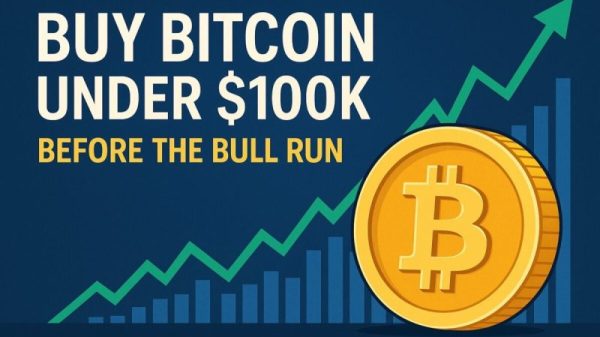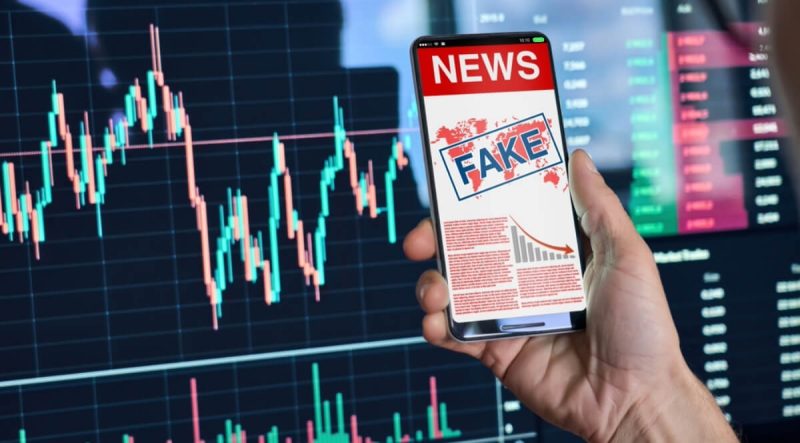What Is a Fake Trading Screen?
Paper trading apps are valuable tools for both novice and experienced investors looking to practice trading strategies without risking real money. So, what is special about a “fake trading screen,” let’s check out!
For example, these apps simulate real market conditions. Users can buy and sell stocks using virtual money. Here are some key features and benefits of paper trading apps:
Most interesting features
Real-time market data: The vast majority of paper trading apps provide real-time market data, allowing users to experience current market conditions and trends.
Virtual portfolio: Users have the opportunity to create and manage a virtual portfolio. For instance, they can track their investments without any financial risk.
Simulated trading: The apps enable users to place simulated trades, including buying and selling stocks, setting stop-loss and take-profit orders, and using limit orders.
Educational resources: Many apps offer educational resources, such as tutorials, articles, and videos. Users can use tutorials and articles to learn more about trading strategies, market analysis, and risk management.
Performance analysis: Users can review detailed reports on their trading performance, including various metrics such as profit/loss, win/loss ratio, and return on investment.
Benefits
Paper trading apps offer various benefits. Unsurprisingly, people are interested in a “Fake trading screen.”
Risk-free learning: Paper trading apps provide a risk-free environment for beginners to learn how to trade and understand the stock market without fearing losing money.
Strategy testing: Experienced traders can test new strategies and techniques in a simulated environment before applying them to their real trading accounts.
Confidence building: By practising with virtual money, traders can build confidence in their decision-making and trading abilities.
Familiarity: Users gain familiarity with market dynamics, order types, and trading platforms, which can be beneficial when transitioning to real trading.
Popular paper trading apps
TD Ameritrade’s thinkorswim: This platform offers a comprehensive paper trading feature called PaperMoney. It provides real-time data, advanced charting tools, and access to a wide range of assets.
TradingView: Known for its powerful charting tools and community-driven insights, TradingView offers a paper trading feature that allows users to practice strategies with virtual money.
E*TRADE: E*TRADE’s paper trading platform offers real-time data and analytics tools, making it a great choice for both beginners and advanced traders.
Webull: Webull’s paper trading feature is integrated into its main app, offering real-time data, extended hours trading, and a user-friendly interface.
Stocks trading (detailed instructions)
Stock trading involves buying and selling shares of publicly traded companies with the aim of making a profit. It’s a key component of the financial markets and plays a significant role in the global economy. Here’s a closer look at the essentials of stock trading.
How Stock Trading Works
Stock trading occurs on stock exchanges, such as the New York Stock Exchange (NYSE) and the Nasdaq. Investors trade shares of companies listed on these exchanges. The price of a stock is determined by supply and demand: if more people want to buy a stock than sell it, the price goes up, and vice versa.
Types of stock trading
Day trading: Day traders buy and sell stocks within the same trading day, aiming to profit from short-term price fluctuations. This type of trading requires a deep understanding of market trends and the ability to make quick decisions.
Swing trading: Swing traders hold stocks for several days or weeks, capitalizing on expected upward or downward market shifts. This strategy involves technical analysis to predict price movements.
Position trading: Position traders hold stocks for longer periods, ranging from months to years. They rely on fundamental analysis, assessing a company’s long-term growth potential and financial health.
Scalping: Scalpers make numerous small trades throughout the day, aiming for small profits on each trade. This high-frequency trading strategy requires discipline and a keen eye on the market.
Key concepts in stock trading
Market orders: A market order is a request to buy or sell a stock immediately at the current market price. This type of order ensures the trade is executed quickly.
Limit orders: A limit order sets the maximum or minimum price at which you are willing to buy or sell a stock. This type of order helps control the price you pay or receive.
Stop-loss orders: A stop-loss order automatically sells a stock when it reaches a certain price, helping to limit potential losses.
Technical analysis involves studying historical price charts and trading volumes to predict future price movements.
Fundamental analysis: Fundamental analysis evaluates a company’s financial statements, management, competitive advantages, and market conditions to determine its intrinsic value. Long-term investors rely heavily on this analysis.
Benefits of stock trading
Potential for High Returns: Stocks can offer significant returns, especially if you invest in growing companies.
Liquidity: Stocks are generally liquid assets that can be easily bought and sold in the market.
Ownership: Buying stocks gives you partial ownership in a company, which may come with voting rights and dividends.
Risks of stock trading
There is no lack of problems as well. For instance, stock prices can be highly volatile, leading to potential losses.
Emotional trading: Decisions driven by emotions rather than logic can result in poor trading outcomes.
Lack of diversification: Investing heavily in a single stock or sector can increase risk.
Final thoughts
Paper trading apps are essential tools for anyone looking to learn about the stock market and improve their trading skills. We can say that a “Fake trading screen” provides a safe and effective way to practice, experiment, and build confidence before investing real money. Whether you are a beginner or an experienced trader, utilizing a paper trading app can help you refine your strategies and enhance your understanding of the stock market.
The post What Is a Fake Trading Screen? appeared first on FinanceBrokerage.






































